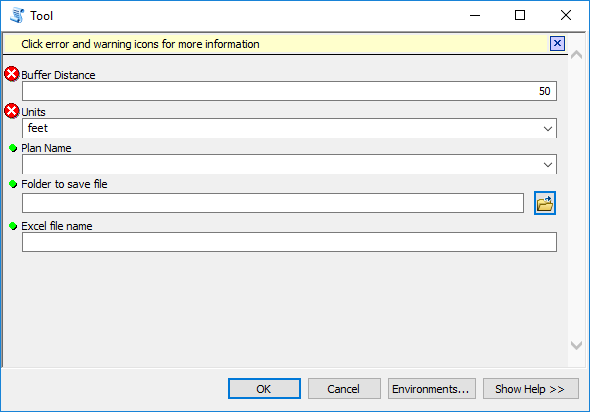

py - wildcard notation in ".gitignore" that means the file may be ".pyc", ".pyo", or ".pyd".
Python file extension archive#
pywz - Python script archive for MS-Windows (PEP 441) this is a script containing compressed Python scripts (ZIP) in binary form after the standard Python script header pyz - Python script archive (PEP 441) this is a script containing compressed Python scripts (ZIP) in binary form after the standard Python script header pxd - Cython script which is equivalent to a C/C++ header
Python file extension windows#
pyd - Python script made as a Windows DLL pyx - Cython src to be converted to C/C++ pyw - Python script to run in Windowed mode, without a console executed with pythonw.exe

pyo - optimized pyc file (As of Python3.5, Python will only use pyc rather than pyo and pyc) This method is preferred for an object-oriented approach. pathlib.Path ().suffix method of the Pathlib module can be used to extract the extension of the file path. Python3 scripts usually end with ".py" not ".p圓", but I have seen that a few times Output: ('myfile', '.txt') File Name: myfile File Extension. pyc files represent both unoptimized and optimized bytecode. On the Python 3.5 release implemented PEP-488 and eliminated. It is also possible to name a ‘.pyc’ or ‘.pyo’ file directly on the command line.
Python file extension code#
Thus, the startup time of a script may be reduced by moving most of its code to a module and having a small bootstrap script that imports that module. When a script is run by giving its name on the command line, the bytecode for the script is never written to a ‘.pyc’ or ‘.pyo’ file.A program doesn't run any faster when it is read from a ‘.pyc’ or ‘.pyo’ file than when it is read from a ‘.py’ file the only thing that's faster about ‘.pyc’ or ‘.pyo’ files is the speed with which they are loaded.Since some programs may rely on having these available, you should only use this option if you know what you're doing. Currently only _doc_ strings are removed from the bytecode, resulting in more compact ‘.pyo’ files. Passing two -O flags to the Python interpreter (-OO) will cause the bytecode compiler to perform optimizations that could in some rare cases result in malfunctioning programs.py files are compiled to optimized bytecode. When -O is used, all bytecode is optimized. The optimizer currently doesn't help much it only removes assert statements. When the Python interpreter is invoked with the -O flag, optimized code is generated and stored in ‘.pyo’ files.pyo, take a look at: (I've copied the important part below) pyd: This is basically a windows dll file. pyo: This was a file format used before Python 3.5 for *.pyc files that were created with optimizations ( -O) flag. If you import a module, python will build a *.pyc file that contains the bytecode to make importing it again later easier (and faster). py: This is normally the input source code that you've written.


 0 kommentar(er)
0 kommentar(er)
